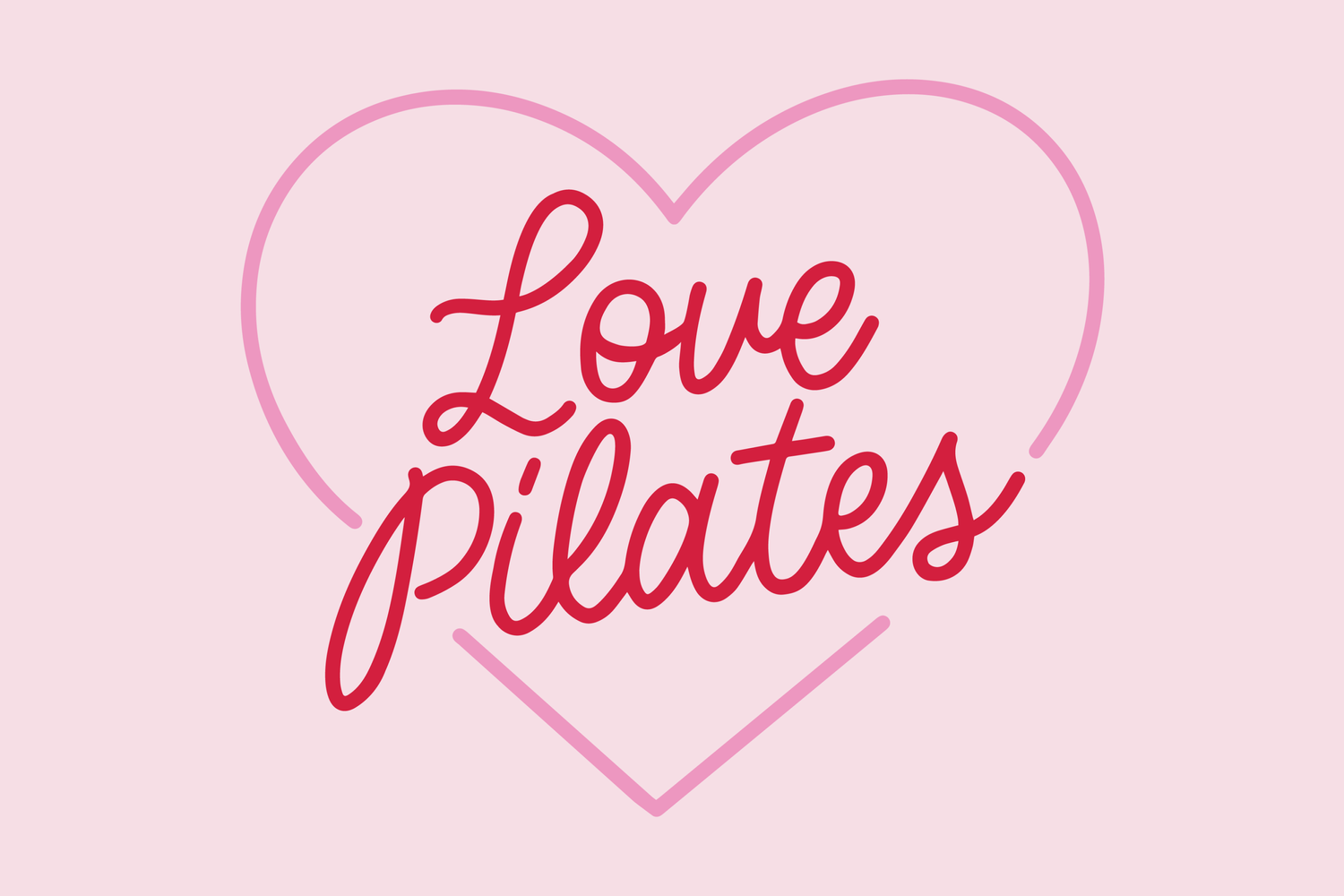The Importance of Recovery After Strength Training
Strength training is a fantastic way to build muscle, improve bone density, and boost overall fitness. But just as important as the workout itself is what comes after—recovery. At Love Pilates, we believe that recovery isn’t a luxury; it’s a crucial part of your training routine. Prioritising recovery ensures your body can adapt, grow stronger, and perform at its best while reducing the risk of injury.
Why Recovery Matters
When you engage in strength training, you create tiny micro-tears in your muscles. It’s during the recovery phase that your body repairs these tears, making your muscles stronger and more resilient. Without proper recovery, this repair process is compromised, leading to fatigue, decreased performance, and an increased risk of injury.
Key Elements of Recovery
1. Rest and Sleep
Quality sleep is one of the most effective recovery tools. During deep sleep, your body produces growth hormones that facilitate muscle repair and regeneration. Aim for 7–9 hours of uninterrupted sleep each night to support your strength training progress.
2. Active Recovery and Pilates
While complete rest days are beneficial, incorporating active recovery can be even more effective. A gentle Pilates session is a perfect complement to strength training. Pilates helps improve flexibility, enhance circulation, and support muscle balance, all of which aid in recovery.
3. Hydration and Nutrition
Fuel your body with nutritious foods and plenty of water. Protein is essential for muscle repair, while carbohydrates replenish glycogen stores. Staying hydrated helps flush out toxins and keeps your muscles functioning optimally.
4. Stretching and Mobility Work
Incorporating stretching, foam rolling, or a dedicated mobility session can help release muscle tightness and improve flexibility. This reduces the risk of stiffness and enhances overall movement quality.
5. Down Regulation for Nervous System Recovery
Recovery isn't just about the muscles—it also involves the nervous system. Strength training activates the sympathetic nervous system (the body's fight-or-flight response), and proper down regulation helps transition the body into a parasympathetic (rest-and-digest) state. Practices such as deep breathing, meditation, gentle movement, and mindfulness exercises help calm the nervous system, lower cortisol levels, and promote optimal recovery. Reformer Yin and restorative Pilates sessions are excellent ways to facilitate this process, helping you feel relaxed and refreshed.
6. Listening to Your Body
Recovery is individual—what works for one person may not be ideal for another. Pay attention to how your body feels after training. If you’re experiencing persistent soreness or fatigue, it might be a sign to slow down and allow for more recovery time.
Pilates: The Perfect Recovery Tool
At Love Pilates, we integrate movement with mindfulness, making Pilates an excellent recovery tool. Reformer Pilates gently strengthens and stretches the muscles, promoting circulation and reducing post-workout tightness. It also helps improve core stability and posture, both of which support better performance in strength training.
Enhance Your Recovery with Reformer Yin
One of the most effective ways to enhance your recovery is through our Reformer Yin classes. This specialised class combines the supportive nature of the reformer with long-held, deep stretches inspired by Yin Yoga. By targeting connective tissue, fascia, and deeper muscle layers, Reformer Yin promotes increased mobility, relaxation, and improved circulation. It also plays a key role in down regulation, helping your body transition into a restful state, reducing stress, and enhancing overall recovery.
Want to optimise your recovery? Join us at Love Pilates for a restorative session or try one of our Reformer Yin classes to experience deep, mindful recovery like never before.
